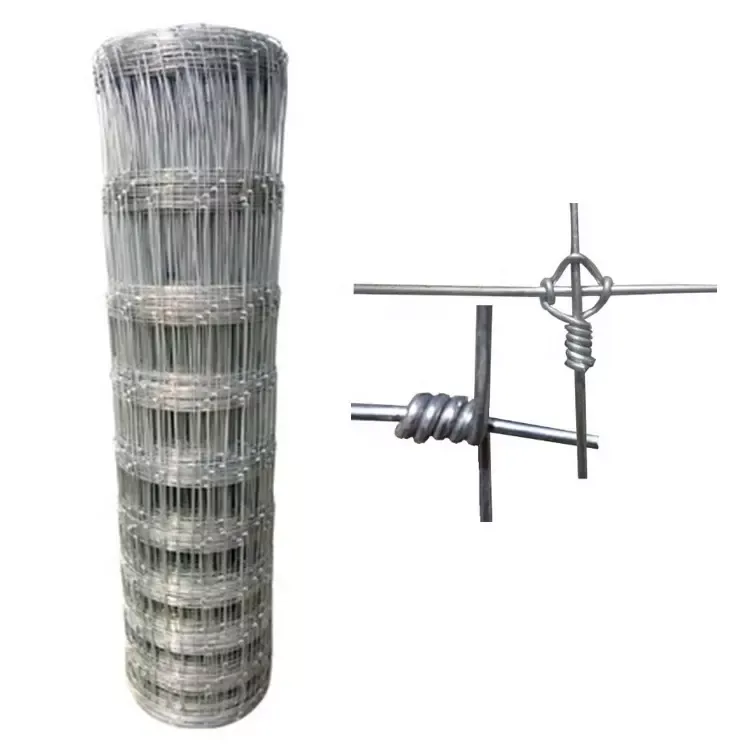
- Afrikaans
- Albanian
- Arabic
- Armenian
- Azerbaijani
- Basque
- Belarusian
- Bengali
- Bosnian
- Bulgarian
- Croatian
- Czech
- Danish
- Dutch
- English
- Esperanto
- Estonian
- Finnish
- French
- Galician
- Georgian
- German
- Greek
- hawaiian
- Hindi
- Hungarian
- Indonesian
- irish
- Italian
- Lao
- Latvian
- Lithuanian
- Luxembourgish
- Macedonian
- Maltese
- Myanmar
- Norwegian
- Polish
- Portuguese
- Romanian
- Russian
- Serbian
- Slovak
- Somali
- Spanish
- Swedish
- Thai
- Turkish
- Turkmen
- Vietnamese
Dec . 09, 2024 17:41 Back to list
Effective Fencing Solutions for Your Cattle Farm to Enhance Livestock Management
The Importance of Fencing in Cattle Farming
Cattle farming is an integral part of agriculture, providing a priceless source of beef, milk, and leather. One of the most crucial aspects of maintaining a successful cattle farm is effective fencing. Proper fencing not only protects the livestock but also helps in managing the herd, ensuring their safety, and maximizing the productivity of the farm. In this article, we will explore the different types of fencing suitable for cattle farms, their advantages, and considerations for selecting the right fencing materials.
Types of Fencing for Cattle Farms
When it comes to cattle fencing, there are several options, each with distinct benefits. The most common types include barbed wire, electric fencing, wood rail fencing, and composite fencing.
1. Barbed Wire Fencing Barbed wire is one of the most widely used fencing types in cattle farming. Its effectiveness lies in its design; the sharp barbs deter cattle from pushing against the fence. It's relatively inexpensive and easy to install, making it popular among farmers. However, it requires regular maintenance to prevent rusting and ensure safety for both cattle and farmers.
2. Electric Fencing Electric fencing provides a more modern approach to cattle management. By delivering a small electric shock when contact is made, it teaches cattle to respect the boundaries. This type of fencing is highly effective for controlling movement and can be temporary or permanent, allowing farmers flexibility in their pasture management. However, it necessitates a good power supply and may require additional efforts to ensure it's functioning properly.
3. Wood Rail Fencing Aesthetically pleasing and robust, wood rail fencing provides a strong barrier for cattle. While it can be more expensive than wire options, it offers durability and a natural look that some farmers prefer. This type of fencing is less likely to harm the cattle, but it may also require substantial maintenance to prevent decay.
4. Composite Fencing Composite fencing, made from a combination of plastics and wood fibers, has emerged as a durable, low-maintenance option. It offers the strength of wood with reduced risks of rot or insect damage. Composite fencing is often more expensive upfront but can save money over time due to its longevity.
Benefits of Proper Fencing
Choosing the right fencing is vital for several reasons
- Safety Proper fencing keeps cattle secure within designated areas, minimizing the risk of road accidents or predation. It also protects neighboring properties and prevents disputes with landowners.
cattle farm fencing

- Herd Management Effective fencing allows farmers to manage their herd more efficiently by creating separate grazing areas. This not only maximizes pasture use but also helps in implementing rotational grazing practices that promote soil health.
- Health and Hygiene Fencing can help keep wild animals out, reducing the risk of disease transfer. It can also prevent cattle from accessing hazardous areas, such as roads or water bodies that might pose a drowning risk.
- Investment While installing fencing represents an upfront investment, it can yield significant returns through better herd management, increased productivity, and reduced losses from disease or accidents.
Considerations for Fencing Selection
When selecting fencing for a cattle farm, several factors should be taken into account
- Budget Determine how much you are willing to invest in fencing material and installation. Consider long-term savings versus initial costs.
- Land Characteristics Assess the terrain of your farm. Rocky or uneven terrain may require different handling than flat lands.
- Cattle Type and Behavior Understanding the specific breeds and their behavior will aid in selecting the most effective fencing type. Some breeds might test the strength of the fence more than others.
- Maintenance Requirements Evaluate how much time and resources you can dedicate to the upkeep of the fence. Low-maintenance options might be preferable for busy farmers.
In conclusion, effective fencing is foundational to successful cattle farming. By understanding the various fencing options and their benefits, farmers can choose the right solutions to enhance the wellbeing of their cattle while ensuring operational efficiency on the farm. Investing in quality fencing pays off in the long run, providing a secure and productive environment for both livestock and farmers alike.
-
The Vital Role of Wire Mesh in Construction
NewsJul.01,2025
-
The Essential Benefits of Welded Wire Mesh
NewsJul.01,2025
-
Secure Your Property with Field Farm Fence
NewsJul.01,2025
-
Expert Chain Link Fence Installation
NewsJul.01,2025
-
Discover the Versatility of Hexagonal Wire Mesh
NewsJul.01,2025
-
Barbed Wire
NewsJul.01,2025









